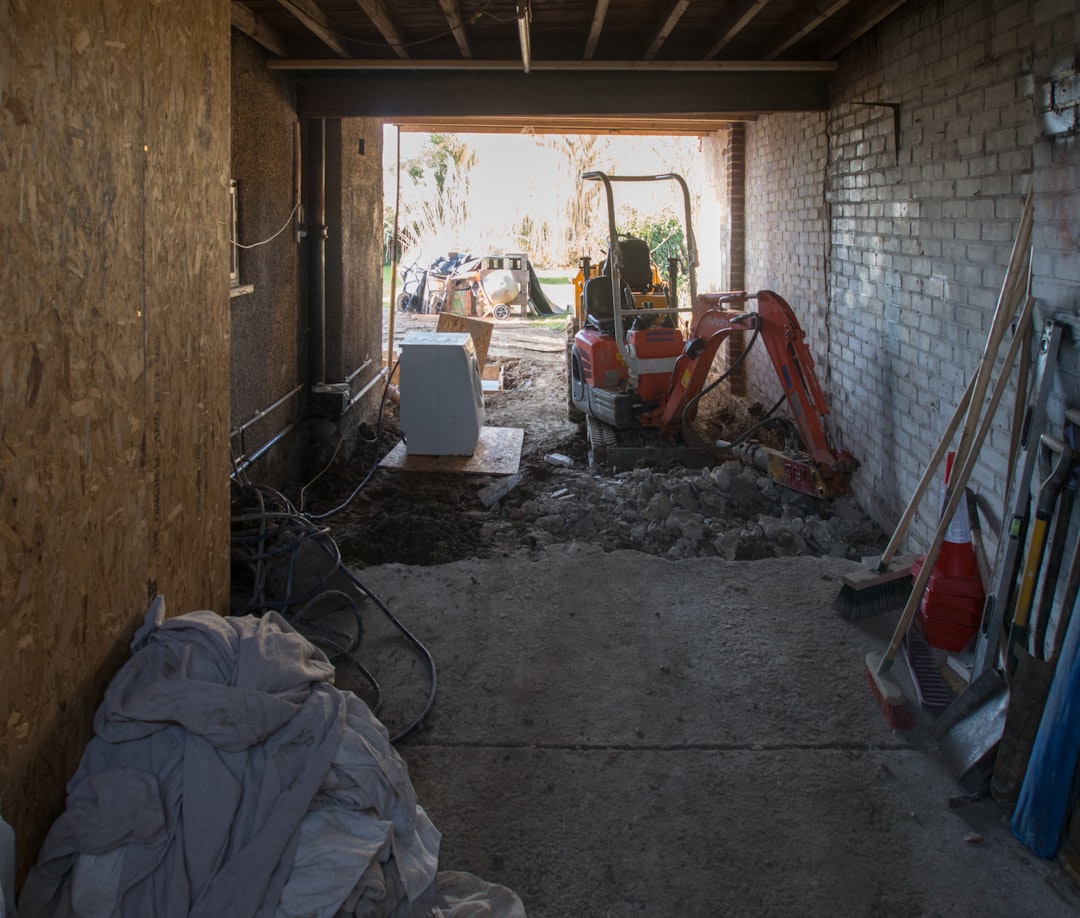
In San Diego, where the climate varies from warm days to cool nights, effective insulation is crucial for maintaining comfort and reducing energy costs. Professional insulation installation can range from $1.30 to $5.00 per square foot, depending on the material and complexity. Finding reliable San Diego insulation contractors is essential for trade professionals seeking efficiency and cost-effectiveness. CountBricks offers AI-driven estimates and real-time pricing to streamline your projects.
Even in mild climates, proper insulation is vital. Poorly insulated buildings in San Diego can lead to increased HVAC usage and energy waste. Investing in the right R-value and professional installation ensures year-round benefits.
CountBricks ensures each contractor is vetted for licensing, insurance, and customer satisfaction. Our AI matches your project specifics with experienced professionals.
CountBricks uses voice commands to capture project details and provides instant estimates with local material costs and labor rates. Get a professional quote in minutes.
Cost-effective and quick to install, ideal for open stud bays.
Great for attic retrofits, offering acoustic performance and eco-friendliness.
Provides air sealing and moisture barrier, with long-term savings.
A La Jolla home improved energy efficiency by 27% using CountBricks' recommended insulation solutions, completed in just two days.
Enhance your projects with CountBricks' accurate pricing and vetted contractors. Visit CountBricks.com to begin.

Choosing between fiberglass batts and closed-cell spray foam depends on your project's goals and budget. Here's a breakdown to help you decide.
CountBricks models energy savings using local data. Compare options and see projected savings before starting your project.
Whether you choose batts or foam, CountBricks has qualified San Diego insulation contractors ready to assist. Start your project at CountBricks.com.